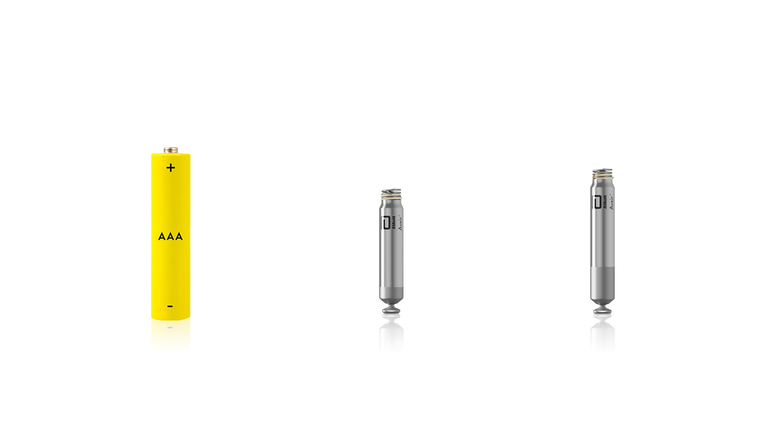Dive Brief:
- Abbott received approval from the Food and Drug Administration for a dual-chamber leadless pacemaker system that the company claims is the world’s first, Abbott announced Wednesday.
- The system, called Aveir DR, consists of Abbott’s Aveir VR device, which paces the right ventricle and was approved in 2022, and its Aveir AR device, which paces the right atrium and was included in the most recent approval. The devices synchronize with a technology that delivers high-frequency pulses using the naturally conductive characteristics of the body’s blood.
- The recent approval could let Abbott pursue a larger share of the market as it competes with Medtronic, which received FDA approval for the latest iteration of its Micra pacemakers in May.
Dive Insight:
Abbott expects the dual-chamber system to increase access to leadless pacing for “millions of people across the U.S.” who have abnormal or slow heart rhythms, the company said in a statement. More than 80% of people who need a pacemaker require pacing in two chambers of the heart, the company noted.
The leadless device would be the first true dual-chamber option covering sinus node dysfunction and AV block, J.P. Morgan Analyst Robbie Marcus wrote in a research note in May, ahead of the approval.
“Said another way, [Medtronic’s] Micra today can address [about] 50% of the pacemaker market, or less depending on the market data source, while Aveir family can address 100% of the market,” Marcus wrote.
Leadless pacemakers are implanted into the heart through a minimally invasive procedure, unlike traditional pacemakers, where a pulse generator is implanted near the armpit with a wire connecting to one of the heart’s chambers. Because of this, leadless devices have a shorter recovery time, and can help avoid lead- or infection-related complications, Abbott said in a statement.
The FDA in 2021 warned that leadless pacemakers may have more severe complications for cardiac perforation based on premarket studies of Medtronic’s Micra.
Abbott’s pacemakers are designed with a helix mechanism that allow them to be retrieved in the long-term, if the devices need to be replaced. It also includes real-time pacing analysis to help physicians assess proper placement of the device. Another critical component is the technology used to communicate between the two implants, which Abbott says uses far less battery power than other options such as radiofrequency or Bluetooth.
“Leadless pacemakers have been limited to a single chamber device because seamless, wireless synchronization of two pacemakers has been an insurmountable engineering challenge — until now,” Randel Woodgrift, senior vice president of Abbott’s cardiac rhythm management business, said in a statement.
Medtronic received FDA approval for the first leadless pacemaker in 2016 with its Micra system, and was the only option available in the U.S. market until Abbott received approval for its first Aveir device last year. Competitor Boston Scientific is running trials for its leadless pacemaker system.
In results of a single-arm study presented in May, Abbott said the dual-chamber system met safety and efficacy milestones, with a 98% implant success rate after three months and more than 97% of people reaching atrio-ventricular synchrony. Adverse events were reported in 29 of 300 patients.

